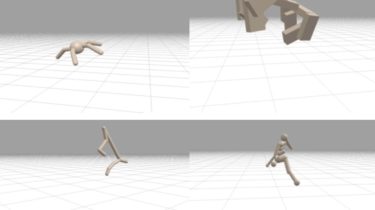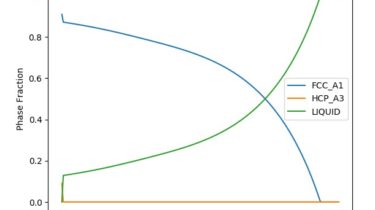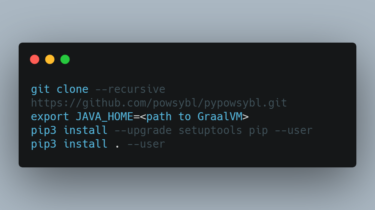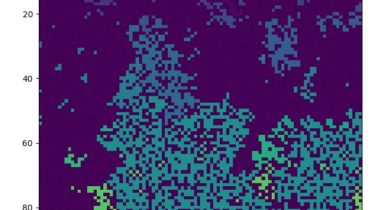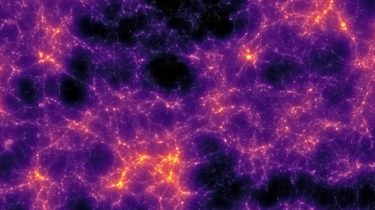Simulate genealogical trees and genomic sequence data using population genetic models
msprime msprime is a population genetics simulator based on tskit. Msprime can simulate random ancestral histories for a sample of individuals (consistent with a given demographic model) under a range of different models and evolutionary processes. Msprime can also simulate mutations on a given ancestral history (which can be produced by msprime or other programs supporting tskit) under a variety of genome sequence evolution models. Please see the documentation for more details, including installation instructions. Research notice Please note that […]
Read more
